August 27, 2024
Driving High On Prescription Drugs
Learn about the dangers of driving under the influence of prescription drugs and how to prevent it.
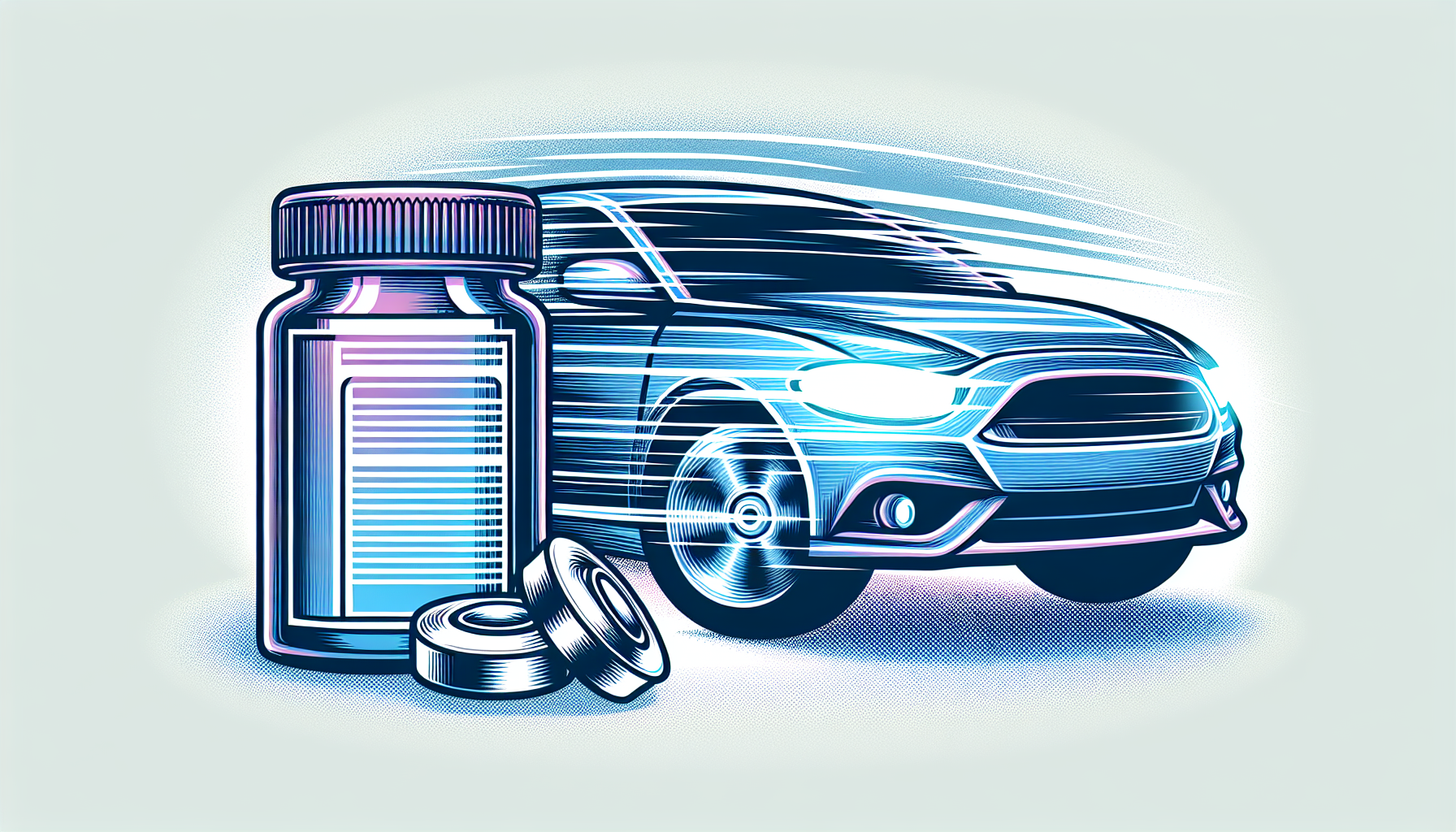
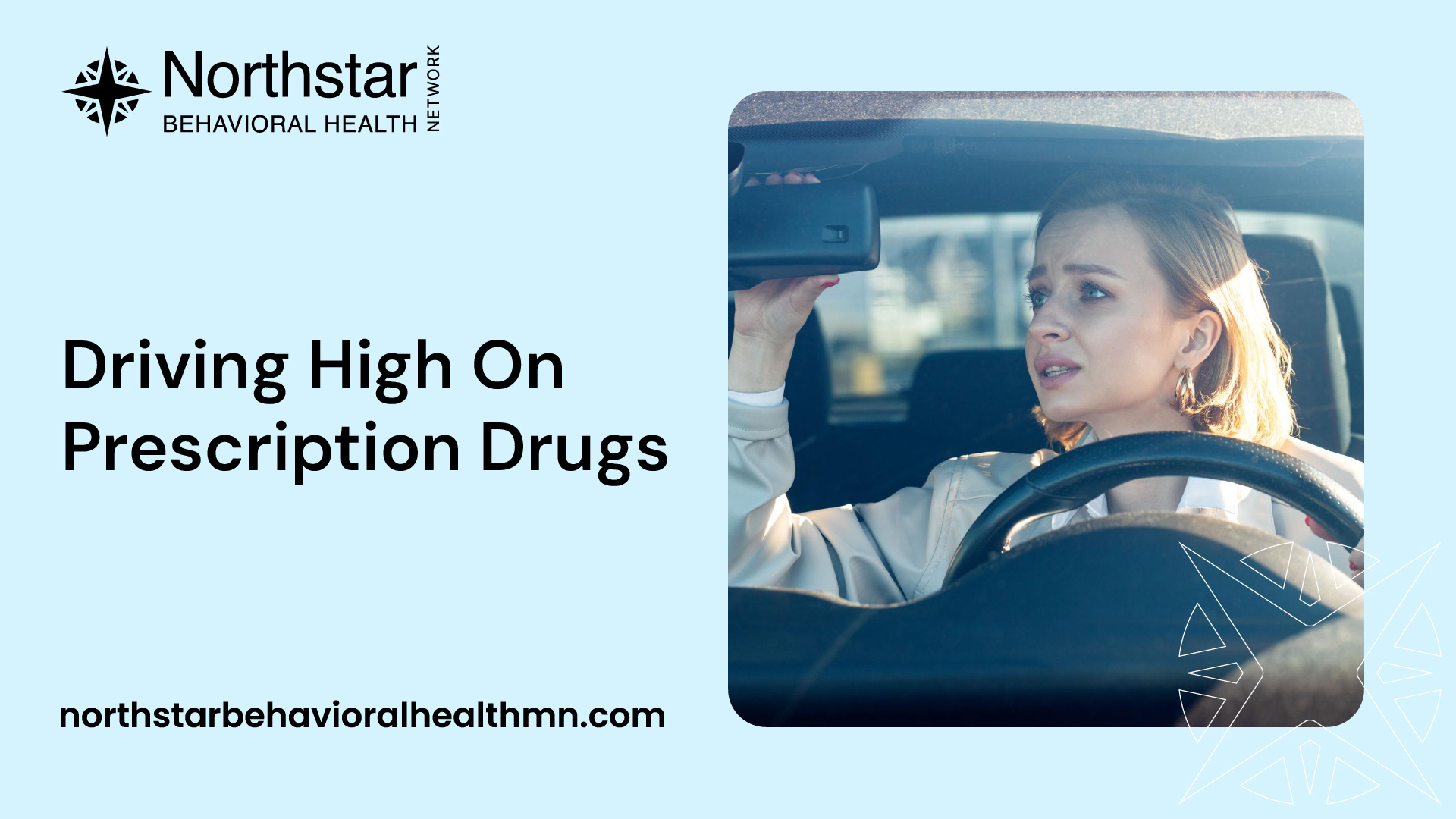
The Dangers of Driving Under the Influence
Driving under the influence of prescription drugs poses significant risks to both the driver and others on the road. It's important to understand these dangers and the legal implications associated with driving while high on prescription drugs.
Understanding the Risks Involved
Driving under the influence of prescription drugs can impair a person's ability to operate a vehicle safely. Prescription drugs can cause drowsiness, dizziness, blurred vision, and slowed reaction times. These effects can significantly impact a driver's judgment, coordination, and overall driving ability.
Furthermore, different medications can have varying effects on individuals, making it difficult to predict how a particular drug will affect someone's driving skills. It's important to note that even if a medication is prescribed by a healthcare professional, it does not mean it is safe to drive while under its influence.
Legal Implications of Driving High on Prescription Drugs
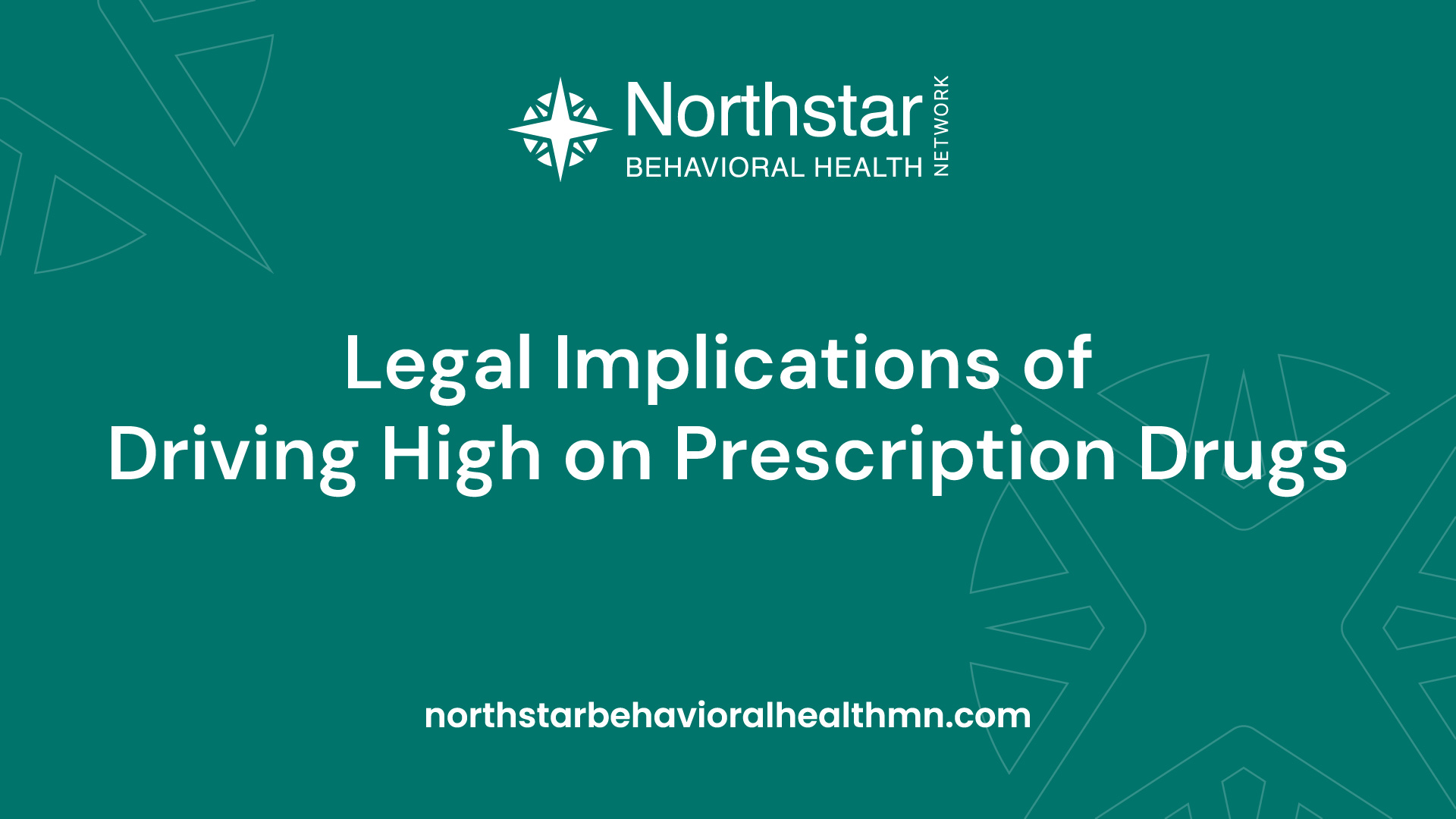
Driving under the influence of prescription drugs is illegal and can result in severe legal consequences. Laws regarding driving under the influence vary by jurisdiction, but many countries and states have specific statutes that address driving while impaired by drugs.
Law enforcement officers have the authority to conduct roadside tests and evaluations to determine if a driver is impaired. If an individual is found to be driving under the influence of prescription drugs, they may face penalties such as fines, license suspension, mandatory drug education programs, probation, or even imprisonment.
It's important to be aware of the legal implications and the potential consequences of driving while high on prescription drugs. If you are taking medication that may impair your ability to drive safely, it's crucial to seek alternative transportation options or make arrangements to avoid getting behind the wheel. Visit our article on alternative transportation options for ideas on how to get around without driving.
Remember, the priority should always be the safety of yourself and others on the road. If you have concerns about your medication's impact on your ability to drive, consult with your healthcare provider for guidance. They can help you understand the potential risks and offer alternatives or adjustments to your medication regimen to ensure your safety and the safety of others.
How Prescription Drugs Affect Driving
When it comes to driving under the influence, the focus is often on alcohol or illicit drugs. However, it's important to recognize that prescription drugs can also impair driving ability and pose significant risks on the road. In this section, we will explore the effects of prescription drugs on driving ability and discuss some commonly abused prescription drugs.
Effects of Prescription Drugs on Driving Ability
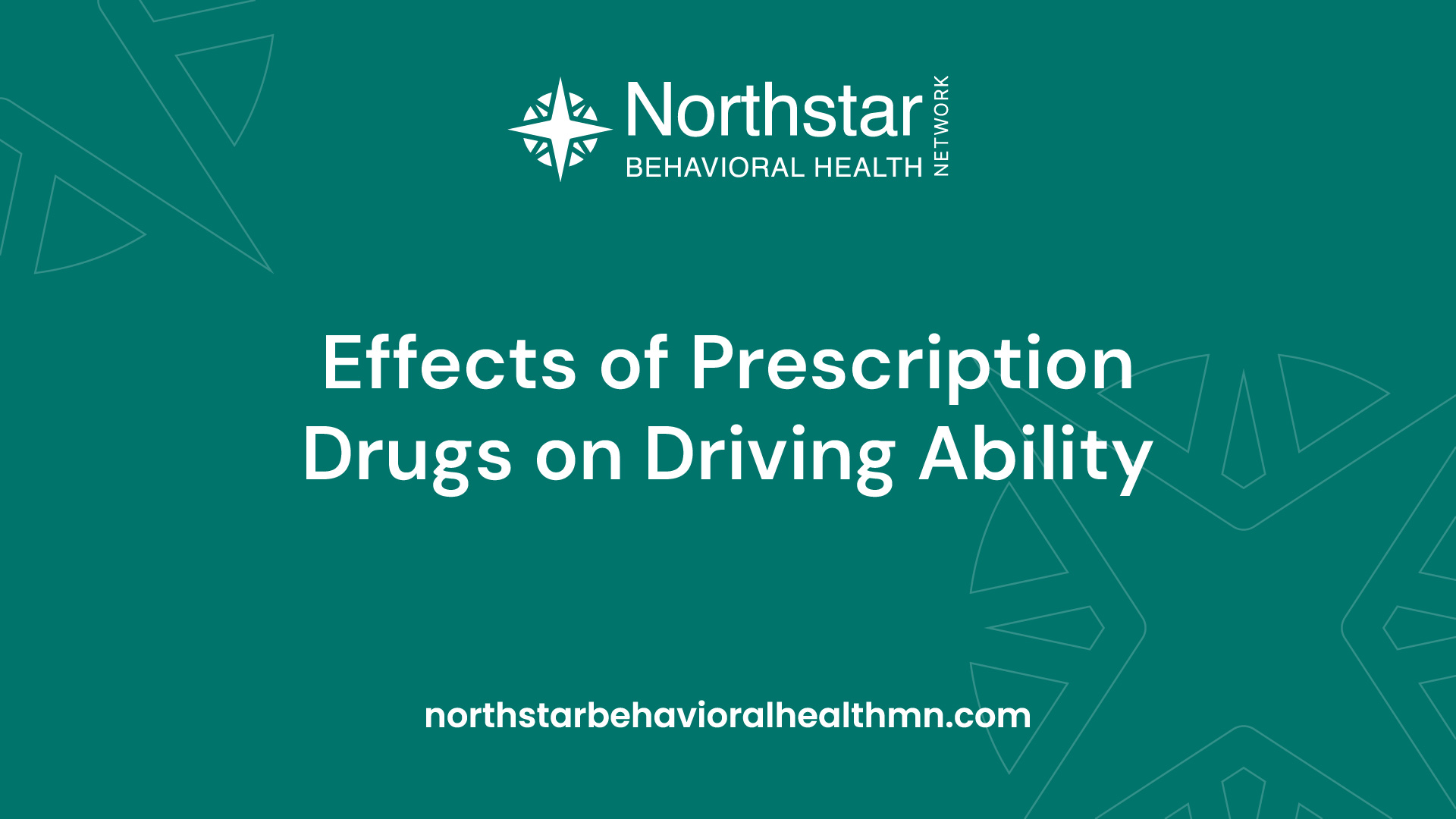
Prescription drugs can have various effects on the body and mind, which can significantly impact driving ability. Some common effects include:
- Drowsiness and fatigue: Many prescription drugs have sedative effects, causing drowsiness and impairing alertness. This can increase the risk of falling asleep at the wheel or experiencing slower reaction times.
- Impaired coordination: Certain medications can affect motor skills, coordination, and balance, making it difficult to control the vehicle effectively.
- Altered perception and judgment: Prescription drugs can alter perception, leading to impaired judgment and decision-making. This can result in poor risk assessment and decreased ability to respond to traffic situations appropriately.
- Reduced concentration and attention: Some medications can cause difficulty in focusing and maintaining attention, leading to distractions and an increased likelihood of accidents.
It's important to note that the effects of prescription drugs can vary depending on the individual, the specific medication, and the dosage. It is essential to follow the instructions provided by healthcare professionals and to be aware of any potential side effects that may impact driving ability.
Commonly Abused Prescription Drugs
Certain prescription drugs are more commonly abused than others, and their misuse can have severe consequences when it comes to driving. Some commonly abused prescription drugs that can impair driving ability include:
These medications are often prescribed for legitimate medical reasons but can be misused or taken without a prescription. It's crucial to use prescription drugs only as directed by a healthcare professional and to avoid driving if they cause drowsiness or impair your ability to operate a vehicle safely.
For individuals who require prescription medications that may affect their driving ability, it is essential to discuss potential alternatives or adjustments to their treatment plan with their healthcare provider. It may be possible to find alternative medications with fewer side effects or adjust the dosage or timing of the medication to minimize the impact on driving.
Understanding how prescription drugs can affect driving ability is crucial for promoting road safety. It's essential to be aware of the potential risks and to make informed decisions when it comes to driving under the influence of prescription drugs. If you or someone you know is struggling with addiction to prescription drugs, seeking professional help and support is crucial. Explore our article on resources for individuals struggling with addiction to find the support you need.
Recognizing the Signs of Impairment
When it comes to driving under the influence of prescription drugs, it's essential to be aware of the signs of impairment. Recognizing these signs can help you identify if someone is unfit to operate a vehicle. Two key areas to pay attention to are the physical signs of drug impairment and the behavioral cues that may indicate someone is under the influence.
Physical Signs of Drug Impairment
- Dilated or constricted pupils: Prescription drugs can affect the size of the pupils. Dilated or unusually small pupils may indicate drug impairment.
- Slurred speech: Difficulty speaking clearly or slurring words can be a sign of drug impairment. If someone's speech is noticeably altered or unclear, it may be a cause for concern.
- Impaired coordination: Prescription drugs can affect motor skills and coordination. Look for signs of unsteady movements, stumbling, or difficulty maintaining balance.
- Bloodshot or glassy eyes: Red, bloodshot, or unusually glassy eyes can be an indicator of drug impairment. This can occur due to the effects of certain prescription drugs on the eyes.
Behavioral Cues of Drug Impairment
- Erratic driving: Watch out for erratic driving behaviors such as swerving, sudden lane changes, or excessively slow or fast driving. These actions can indicate impaired judgment and reaction times.
- Delayed reactions: Someone under the influence of prescription drugs may exhibit delayed reactions to traffic signals, sudden stops, or unexpected situations on the road.
- Inattentiveness: Impaired individuals may appear distracted or have difficulty focusing on the road and their surroundings. They may miss traffic signs or fail to respond to other vehicles.
- Aggressive or reckless behavior: Drug impairment can lead to aggressive driving behaviors such as tailgating, excessive speeding, or disregarding traffic rules.
If you notice any of these signs while observing someone's behavior, it's important to prioritize safety. If you suspect someone is impaired, it's best to avoid confrontation and instead contact the appropriate authorities to report the situation. Remember, driving under the influence of prescription drugs is dangerous and can have severe consequences. Stay vigilant on the road and help ensure the safety of yourself and others.
Preventing Driving Under the Influence
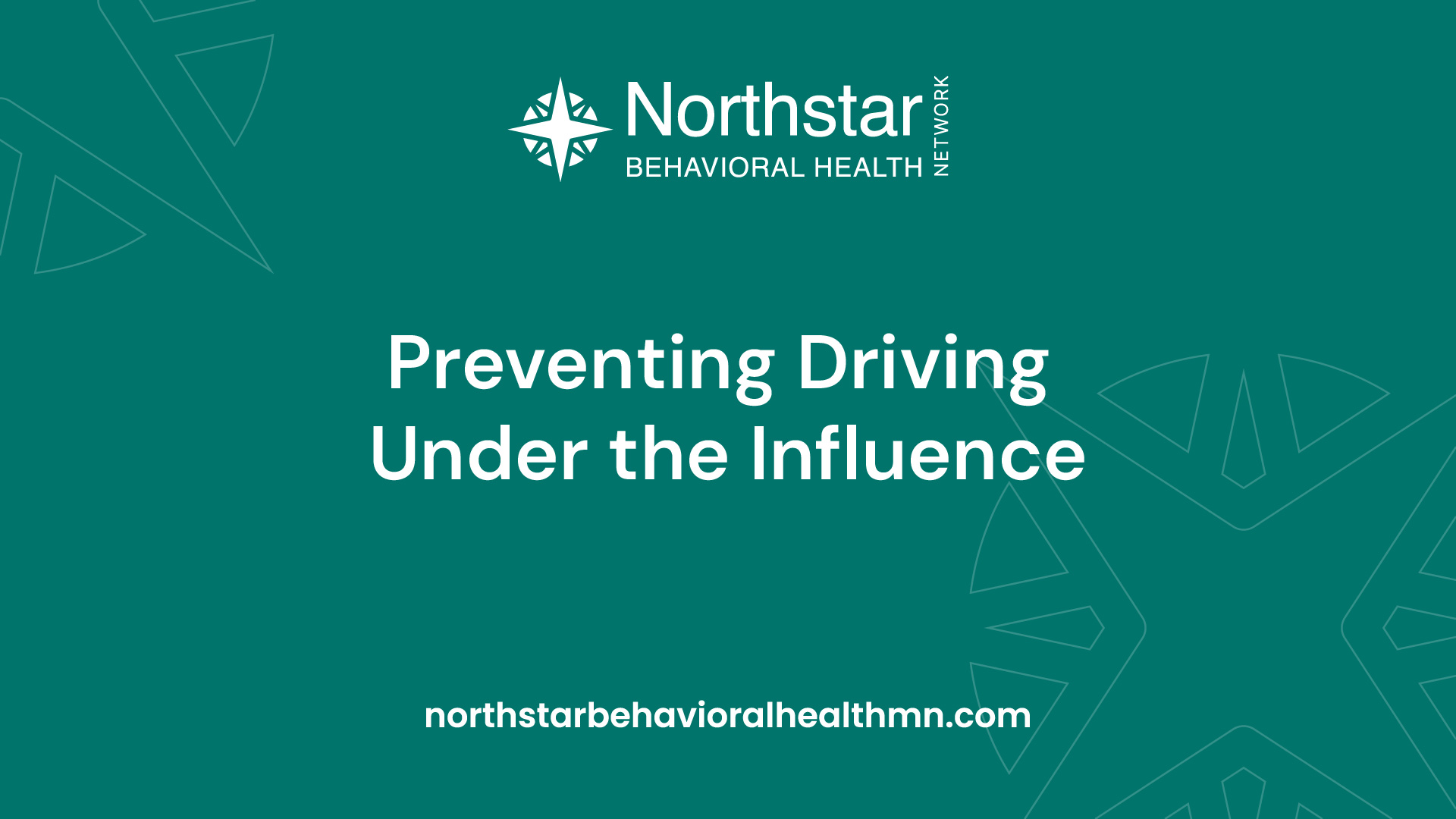
When it comes to preventing the dangers associated with driving under the influence of prescription drugs, there are several crucial steps that individuals can take. By being mindful of alternative transportation options and implementing strategies for safe usage of prescription drugs, we can help ensure the safety of ourselves and others on the road.
Alternative Transportation Options
One of the most effective ways to prevent driving under the influence of prescription drugs is to utilize alternative transportation options. By planning ahead and considering these alternatives, individuals can avoid the need to get behind the wheel while under the influence. Some alternative transportation options to consider include:
- Public Transportation: Utilizing buses, trains, or trams can be a convenient and safe way to travel, especially for those living in urban areas with well-established public transportation systems.
- Ride-Sharing Services: Services like Uber or Lyft provide a convenient and reliable means of transportation. These services allow individuals to request a ride at any time, making it easier to avoid driving under the influence.
- Carpooling: Carpooling with friends, family, or colleagues who are not under the influence of prescription drugs can be a practical solution. It not only ensures a sober driver but also helps reduce traffic congestion and the environmental impact of individual cars.
- Walking or Cycling: If the destination is nearby, walking or cycling can be a healthy and eco-friendly alternative to driving. It not only eliminates the risk of driving under the influence but also provides an opportunity for physical activity.
- Designated Driver: If attending an event or social gathering, it's always wise to designate a sober driver beforehand. This person can be responsible for ensuring everyone gets home safely.
Strategies for Safe Usage of Prescription Drugs
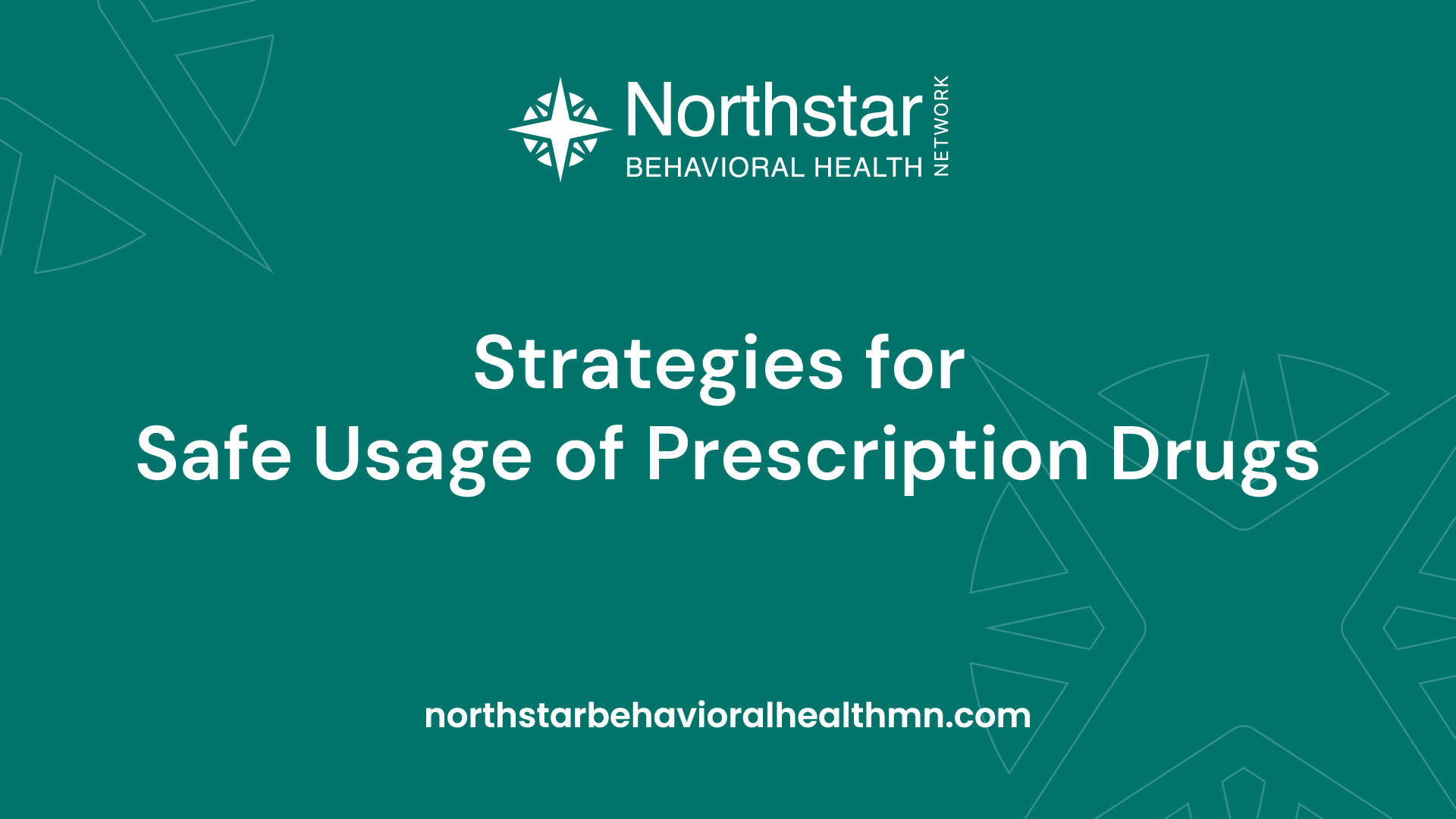
Another important aspect of preventing driving under the influence of prescription drugs is employing strategies for safe usage. Here are some strategies to consider:
- Read the Labels: It's essential to carefully read and understand the labels and instructions provided with prescription medications. Pay attention to any warnings or precautions regarding driving or operating machinery while taking the medication.
- Follow Prescribed Dosages: Always adhere to the prescribed dosage and intake schedule provided by the healthcare professional. Taking more than the recommended dose or combining medications without medical advice can increase the risk of impairment.
- Timing of Medication: If possible, try to time medication intake in a way that minimizes the impact on driving. For example, taking medication when you know you won't be driving for several hours or before going to bed.
- Consult a Healthcare Professional: If there are concerns about the potential effects of a prescription medication on driving ability, it's crucial to consult with a healthcare professional. They can provide guidance on the best course of action and potentially adjust the medication if necessary.
- Monitor Personal Response: Individuals should pay attention to how they personally respond to prescription medications. If they notice any adverse effects on their driving ability or cognitive function, it's important to refrain from driving until the effects wear off.
By implementing these strategies and utilizing alternative transportation options, individuals can significantly reduce the risk of driving under the influence of prescription drugs. Prioritizing safety and considering the well-being of oneself and others on the road is paramount. For resources and support related to addiction, please visit our article on resources for individuals struggling with addiction.
Seeking Help and Support
When struggling with addiction and the dangers of driving under the influence of prescription drugs, seeking help and support is crucial for recovery and a safer future. There are various resources available to assist individuals who are struggling with addiction, as well as the importance of seeking professional help.
Resources for Individuals Struggling with Addiction
For individuals experiencing addiction, there are numerous resources available to provide support and guidance. Here are some options to consider:
- Support Groups: Joining support groups can offer a sense of community and understanding by connecting with others who are going through similar experiences. Groups like Alcoholics Anonymous (AA) and Narcotics Anonymous (NA) provide a safe space for individuals to share their stories and receive support from peers on their journey to recovery.
- Counseling and Therapy: Seeking professional counseling or therapy can be extremely beneficial for those struggling with addiction. Licensed therapists or addiction counselors can provide guidance, coping strategies, and a non-judgmental environment to address the underlying causes of addiction and develop healthy coping mechanisms.
- Hotlines and Helplines: Hotlines and helplines are available 24/7 to provide immediate support and guidance for individuals in need. Organizations such as the Substance Abuse and Mental Health Services Administration (SAMHSA) offer confidential helplines where trained professionals can provide information, resources, and crisis intervention.
- Rehabilitation Centers: For individuals requiring more intensive treatment, rehabilitation centers provide structured programs tailored to address addiction and promote recovery. These centers offer a variety of services, including detoxification, therapy, and support groups.
Remember, each person's journey to recovery is unique, and it's important to find the resources and support systems that best align with individual needs and preferences. Don't hesitate to reach out and explore these options to find the right support for your recovery journey.
Importance of Seeking Professional Help
Seeking professional help is a crucial step in overcoming addiction and ensuring long-term recovery. Here are some reasons why professional help is important:
- Expert Guidance: Addiction specialists and therapists have extensive knowledge and experience in treating addiction. They can provide personalized treatment plans, guidance, and evidence-based interventions to address addiction effectively.
- Safe and Supportive Environment: Professional help offers a safe and supportive environment where individuals can openly discuss their struggles, fears, and challenges without judgment. Therapists and addiction counselors are trained to provide empathetic and non-judgmental support throughout the recovery process.
- Holistic Approach: Addiction professionals take a holistic approach to recovery, addressing the physical, emotional, and psychological aspects of addiction. They can help individuals understand the underlying causes of addiction, develop coping strategies, and work towards overall well-being.
- Accountability and Monitoring: Seeking professional help provides individuals with a system of accountability and monitoring. Regular therapy sessions, check-ins, and treatment plans help individuals stay on track and maintain sobriety.
Remember, seeking professional help is not a sign of weakness but a courageous step towards a healthier and happier life. It's important to reach out to qualified professionals who can provide the necessary support and guidance on the road to recovery.

.jpg)




.jpg)

